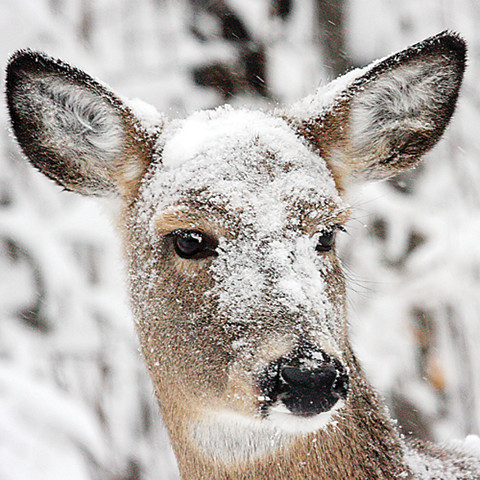Support the Timberjay by making a donation.
Winter severity index about average, despite recent chill
REGIONAL—Despite recent brutal cold and a deepening snowpack, the winter severity index for whitetail deer in northeastern Minnesota remains pretty close to average for mid-winter, according to DNR …
This item is available in full to subscribers.
Attention subscribers
To continue reading, you will need to either log in to your subscriber account, or purchase a new subscription.
If you are a current print subscriber, you can set up a free website account and connect your subscription to it by clicking here.
If you are a digital subscriber with an active, online-only subscription then you already have an account here. Just reset your password if you've not yet logged in to your account on this new site.
Otherwise, click here to view your options for subscribing.
Please log in to continue |
Winter severity index about average, despite recent chill
REGIONAL—Despite recent brutal cold and a deepening snowpack, the winter severity index for whitetail deer in northeastern Minnesota remains pretty close to average for mid-winter, according to DNR wildlife officials. “Currently, the WSI ranges from 41-60 in our nine local deer permit areas,” said Tower Area DNR wildlife manager Tom Rusch. “These are all pretty typical WSI indices for a northeastern Minnesota winter.”
The winter severity index is a gauge of winter’s impact on whitetail deer survival, which includes a point for each day with a below-zero temperature reading and another for every day with 15 inches or more of snow on the ground. In an average winter, the WSI reaches 110-120 points across the DNR’s Tower work area.
As of mid-week, snow depths across the area ranged from 16-22 inches in northern St. Louis County and 20-30 inches in northern Lake County, according to Rusch. That was before the latest snowfall, which forecasters were projecting would drop another 4-7 inches across the area as of the Timberjay’s Wednesday presstime. More cold weather was also in the forecast, with below-zero readings forecast on all but three nights during the next ten days.
Rusch notes that the depth and duration of deep snow is the most important factor in winter deer survival in northern Minnesota. While snow depth has recently exceeded the 15-inch threshold in the region, that was not the case for most of the first half of winter, when snow was relatively limited and temperatures were generally milder than average.
As the cold weather set in during late January, Rusch said deer have responded by moving into heavy conifer cover, which provides critical shelter during the tougher parts of winter.






